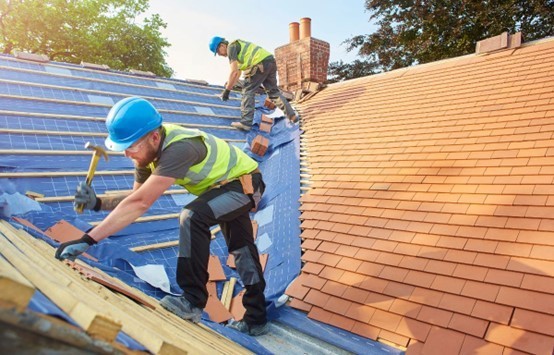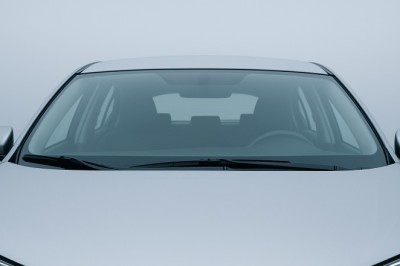views

Roof vents play a crucial role in maintaining a healthy and functional roofing system by promoting air circulation, reducing moisture buildup, and preventing heat and humidity-related issues. Understanding the different types of roof vents on your roof is essential for ensuring proper ventilation, preventing storm damage roof repair needs, and maximizing the longevity of your roof. In this comprehensive guide, we'll delve into the various types of roof vents, their functions, and the importance of roof inspection services in maintaining a well-ventilated roof.
Ridge Vents
Ridge vents are installed along the peak or ridge of the roof and are one of the most common types of roof vents. They allow hot air to escape from the attic or roof space, creating a continuous ventilation pathway along the entire length of the ridge. Ridge vents are typically covered with shingles or a specialized venting material to blend seamlessly with the roof's aesthetics.
Gable Vents
Gable vents are installed on the gable ends of the roof, typically near the attic or upper floor areas. They allow air to enter and exit the attic space, promoting cross-ventilation and preventing heat buildup. Gable vents come in various shapes and sizes, including rectangular, triangular, and louvered designs, and can enhance the architectural appeal of the home.
Soffit Vents
Soffit vents are located under the eaves or overhangs of the roof. They allow fresh air to enter the attic or roof space from the lower portion, while hot air escapes through higher vents such as ridge or gable vents. Soffit vents are often combined with ridge vents or other ventilation systems to create a balanced airflow and prevent moisture buildup.
Turbine Vents
Turbine vents, also known as whirlybird vents, are roof-mounted vents that use wind power to create airflow. As wind passes over the vents, it creates suction that draws hot air out of the attic or roof space, aiding in ventilation and cooling. Turbine vents are particularly effective in areas with consistent wind patterns.
Roof Lovers
Roof louvers are passive vents that are installed on the roof surface. They come in various designs, including box, slant-back, and round configurations, and are effective at ventilating attic spaces and reducing heat buildup. Roof louvers can be combined with other venting systems for comprehensive ventilation.
Solar-Powered Vents
Solar-powered vents are equipped with solar panels that harness sunlight to power the vent's fan. These vents operate autonomously, increasing ventilation efficiency and reducing energy costs. Solar-powered vents are ideal for eco-conscious homeowners seeking sustainable ventilation solutions.
Importance of Proper Roof Ventilation
a) Prevents Moisture Issues: Proper roof ventilation prevents moisture buildup in the attic or roof space, reducing the risk of mold, mildew, and wood rot.
b) Enhances Energy Efficiency: Adequate ventilation helps regulate attic temperatures, reducing the strain on HVAC systems and improving energy efficiency.
c) Protects Against Storm Damage: Well-ventilated roofs are less susceptible to storm damage roof repair needs caused by moisture-related issues, such as rotting or warping of roofing materials.
Role of Roof Inspection Services in Ventilation
a) Ventilation Assessment: Professional roof inspection services assess the condition and effectiveness of your roof vents, ensuring they are properly installed, free of obstructions, and functioning optimally.
b) Recommendations for Improvement: Roof inspectors provide recommendations for improving ventilation, such as adding or upgrading vents, adjusting airflow pathways, or addressing ventilation deficiencies.
c) Preventive Maintenance:Regular roof inspections help identify and address ventilation issues early on, preventing costly repairs and prolonging the lifespan of your roofing system.
Conclusion
In conclusion, understanding the different types of roof vents and their functions is essential for maintaining a healthy and functional roofing system. Proper ventilation not only prevents moisture-related issues and storm damage roof repair needs but also enhances energy efficiency and prolongs the lifespan of your roof. By incorporating a variety of roof vents, such as ridge vents, gable vents, soffit vents, and solar-powered vents, and partnering with professional roof inspection services for ventilation assessments and recommendations, homeowners can ensure optimal ventilation and protection for their roofs.





















Comments
0 comment